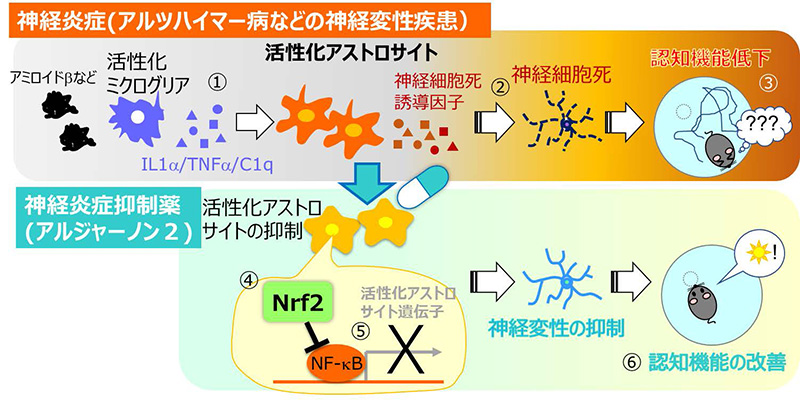2023-08-08 オークリッジ国立研究所(ORNL)
◆植物プランクトンまたはミクロ藻類は、メチル水銀の蓄積体として知られています。プランクトンはメチル水銀を食物連鎖に持ち込み、それが魚に至り最終的に人間に至る過程で使用されます。しかし、研究者たちは、一部の植物プランクトンの形態が、光がない場所でもメチル水銀を解毒するのに適していることを発見しました。
<関連情報>
光に依存しない植物プランクトンによる水中のメチル水銀の分解と無害化 Light-independent phytoplankton degradation and detoxification of methylmercury in water
Xujun Liang,Huan Zhong,Alexander Johs,Pei Lei,Jin Zhang,Neslihan Taş,Lijie Zhang,Linduo Zhao,Nali Zhu,Xixiang Yin,Lihong Wang,Eddy Y. Zeng,Yuxi Gao,Jiating Zhao,Dale A. Pelletier,Eric M. Pierce & Baohua Gu
Nature Water Published:07 August 2023
DOI:https://doi.org/10.1038/s44221-023-00117-1

Abstract
Phytoplankton serves as a key entry point for the trophic transfer and bioaccumulation of the neurotoxin methylmercury (MeHg) in aquatic food webs. However, it is unclear whether and how phytoplankton itself may degrade and metabolize MeHg in the dark. Here, using several strains of the freshwater alga Chlorella vulgaris, the marine diatom Chaetoceros gracilis and two cyanobacteria (or blue-green algae), we report a light-independent pathway of MeHg degradation in water by phytoplankton, rather than its associated bacteria. About 36–85% of MeHg could be degraded intracellularly to inorganic Hg(II) and/or Hg(0) via dark reactions. Endogenic reactive oxygen species, particularly singlet oxygen, were identified as the main driver of MeHg demethylation. Given the increasing incidence of algal blooms in lakes and marine systems globally, these findings underscore the potential roles of phytoplankton demethylation and detoxification of MeHg in aquatic ecosystems and call for improved modelling and assessment of MeHg bioaccumulation and environmental risks.


